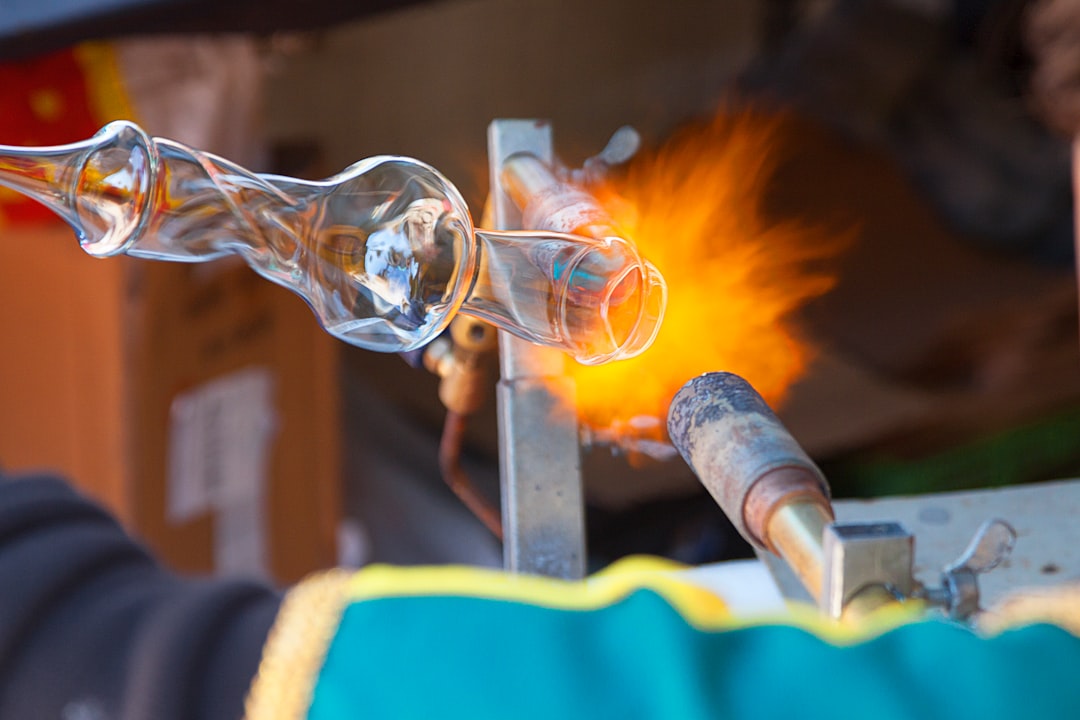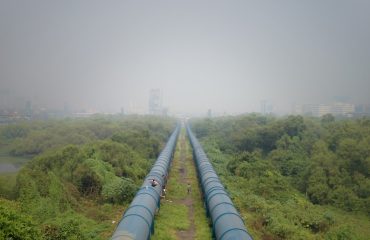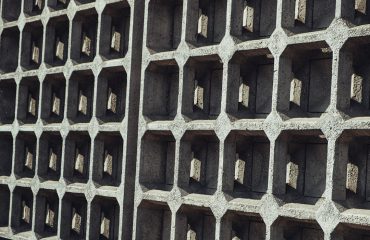Pipe bending and straightening are crucial processes in various industries, from construction and manufacturing to plumbing and oil and gas. Understanding the different techniques and choosing the right tools is essential for achieving precise results and ensuring project success. This comprehensive guide explores the world of pipe manipulation, offering insights into various methods and considerations.
1. Understanding Pipe Material and its Impact on Bending
The material of the pipe significantly impacts the bending process. Different materials have varying degrees of ductility and tensile strength, influencing the techniques and tools required. Steel pipes, for instance, often require specialized bending machines due to their higher tensile strength, while copper pipes, being more malleable, can be bent using hand tools. Aluminum pipes offer a balance, allowing for both manual and mechanical bending depending on the desired radius and pipe diameter. Understanding the material’s properties is crucial to prevent cracking, kinking, or other damage during the bending process. Consider factors like wall thickness; thinner-walled pipes are more susceptible to deformation. Furthermore, the temperature of the pipe can also influence its malleability. Heating the pipe can make it more pliable, facilitating bending, especially for materials that are harder to bend at room temperature. This is particularly relevant for high-strength steel pipes where cold bending might be impossible without specialized equipment.
2. Manual Pipe Bending Techniques and Tools
For smaller diameter pipes and simpler bends, manual bending techniques are often sufficient. These methods typically involve using hand tools such as pipe benders, spring bending tools, and hickeys. Pipe benders utilize a lever mechanism to apply controlled pressure, gradually bending the pipe around a former. Spring bending tools, inserted inside the pipe, help prevent kinking and ensure a smooth bend. Hickeys are used for tighter bends, leveraging leverage to create the desired curve. However, manual bending is limited by the physical strength of the operator and is generally unsuitable for larger diameter pipes or complex bends. Accuracy can also be challenging to achieve consistently using manual methods. The selection of the appropriate tool depends on the pipe material, diameter, and the desired bend radius. It’s essential to use the correct size and type of bender to avoid damaging the pipe. Proper lubrication during the bending process can minimize friction and reduce the risk of scratches or deformation.
3. Mechanical Pipe Bending Methods and Equipment
For larger diameter pipes, complex bends, or high-volume production, mechanical pipe bending is necessary. This involves using specialized machines such as rotary draw bending machines, hydraulic press bending machines, and roll bending machines. Rotary draw bending machines pull the pipe through a series of rollers to create a precise bend, offering excellent control over the bend radius and minimizing deformation. Hydraulic press bending machines use hydraulic pressure to force the pipe into a die, creating the desired shape. Roll bending machines use three rollers to progressively bend the pipe, suitable for creating large radius bends in long pipes. These machines offer superior precision, speed, and consistency compared to manual methods. Choosing the right machine depends on factors such as pipe material, diameter, wall thickness, and the complexity of the bend. The required level of automation also plays a role in machine selection. Some advanced machines offer CNC control for highly accurate and repeatable bending operations.
4. Pipe Straightening Techniques and Considerations
Pipes can become bent or deformed during transportation, installation, or due to external forces. Straightening bent pipes is crucial to ensure proper functionality and prevent issues like leaks or structural weaknesses. Straightening techniques vary depending on the severity of the bend and the pipe material. For minor bends, manual straightening using a hammer and anvil or a pipe straightening tool might suffice. These methods involve applying controlled force to gradually straighten the pipe. However, for more significant bends or for larger diameter pipes, mechanical straightening methods are required. This might involve using hydraulic presses or specialized straightening machines which can apply controlled force to straighten the pipe. As with bending, the material of the pipe plays a significant role. Harder materials require more force and potentially specialized equipment. Improper straightening can lead to pipe damage, including cracking or weakening, so it’s crucial to use appropriate techniques and tools. Regular inspection during the straightening process is crucial to prevent over-correction and potential damage.
5. Safety Precautions and Best Practices in Pipe Bending and Straightening
Safety should always be the top priority when working with pipe bending and straightening. Appropriate personal protective equipment (PPE) such as safety glasses, gloves, and hearing protection should always be worn. Proper handling of heavy pipes and machinery is essential to prevent injuries. When using mechanical equipment, ensure that all safety guards are in place and that the machine is operated according to the manufacturer’s instructions. Regular maintenance of equipment is critical to ensure its safe and efficient operation. Before starting any bending or straightening operation, carefully assess the pipe’s condition and the required tools and techniques. Proper planning and preparation can significantly reduce the risk of accidents and ensure a successful outcome. Furthermore, understanding the limitations of both manual and mechanical methods is essential. Attempting to bend or straighten a pipe beyond its material limits will almost certainly result in damage or failure.
By understanding the nuances of pipe bending and straightening, selecting the appropriate methods and tools, and adhering to safety protocols, you can ensure efficient and successful outcomes in your projects. Remember that proper planning and understanding of material properties are key to avoiding costly mistakes and ensuring the longevity of your work.
SEO Tags:
pipe bending, pipe straightening, pipe bending machines, pipe bending techniques, pipe straightening methods




